7 Key Considerations Before Moving to Daybreak, Utah
Discover the key challenges of living in Daybreak, Utah. From narrow streets to HOA fees, learn what to expect before moving to this picturesque community.
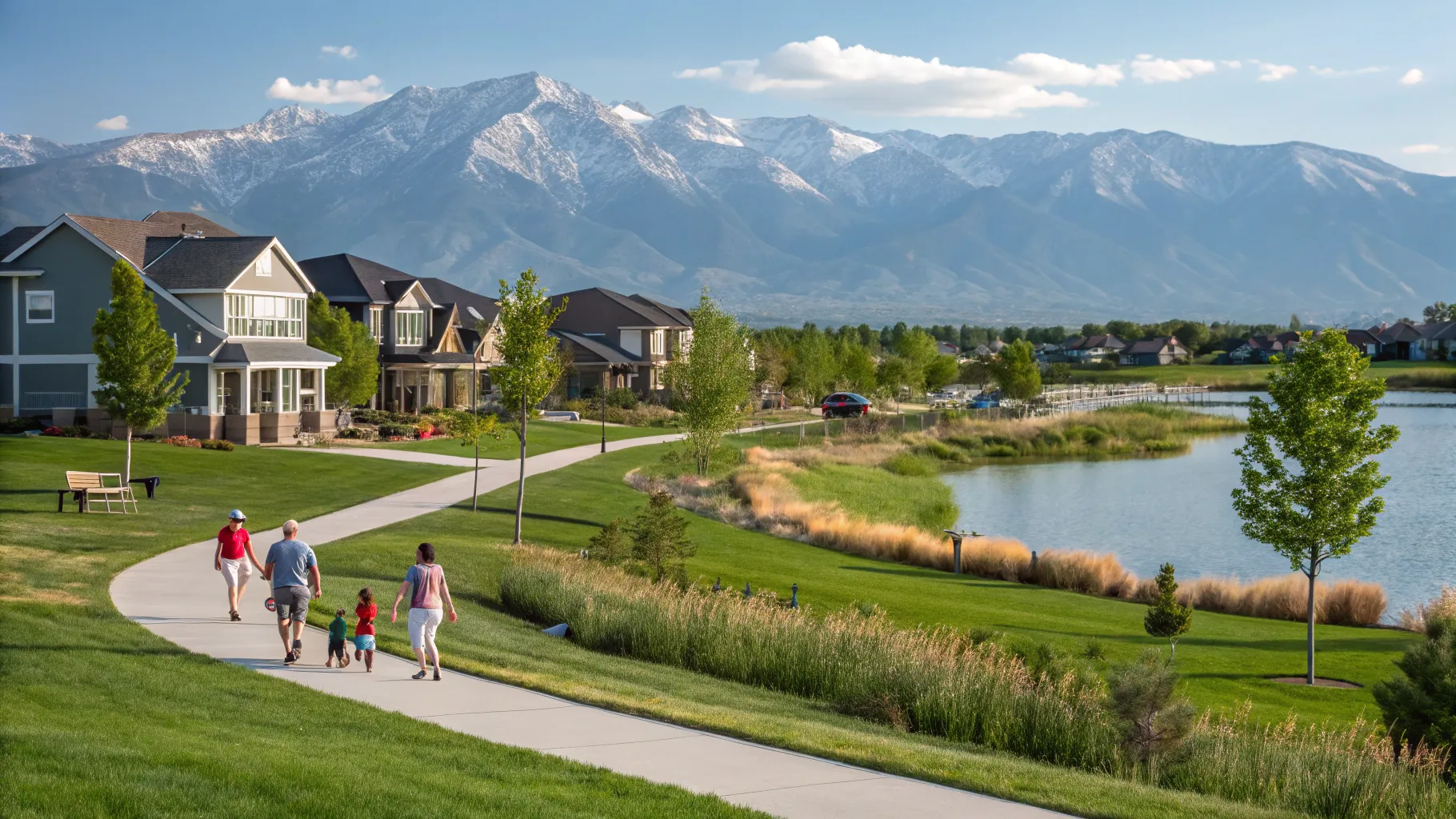
Daybreak, Utah, is a master-planned community that attracts many families and individuals looking for a vibrant lifestyle near Salt Lake City. However, before making the move, it's important to understand both the benefits and drawbacks of living here. In this article, we'll explore the seven significant challenges that potential residents should consider when thinking about making Daybreak their home.
Daybreak, a distinct community located in South Jordan, Utah, is a master-planned neighborhood that integrates modern living with natural beauty. Designed with families and outdoor enthusiasts in mind, it offers a unique lifestyle that combines convenience and tranquility. Residents enjoy access to a variety of amenities, including parks, trails, and a picturesque lake, which create a sense of community and belonging. However, while Daybreak has many appealing aspects, it is essential to understand the challenges that come with living in this area.
One of the most frequently mentioned concerns among residents relates to the narrow streets throughout Daybreak. These roads, designed to enhance the community's charm, can become problematic, especially during peak times. When cars are parked on both sides of the street, maneuvering through can become a significant challenge. This congestion can lead to frustrating situations where drivers must backtrack or find alternate routes to navigate the area. For families with young children or those who frequently entertain guests, these narrow streets can become a source of stress and inconvenience.
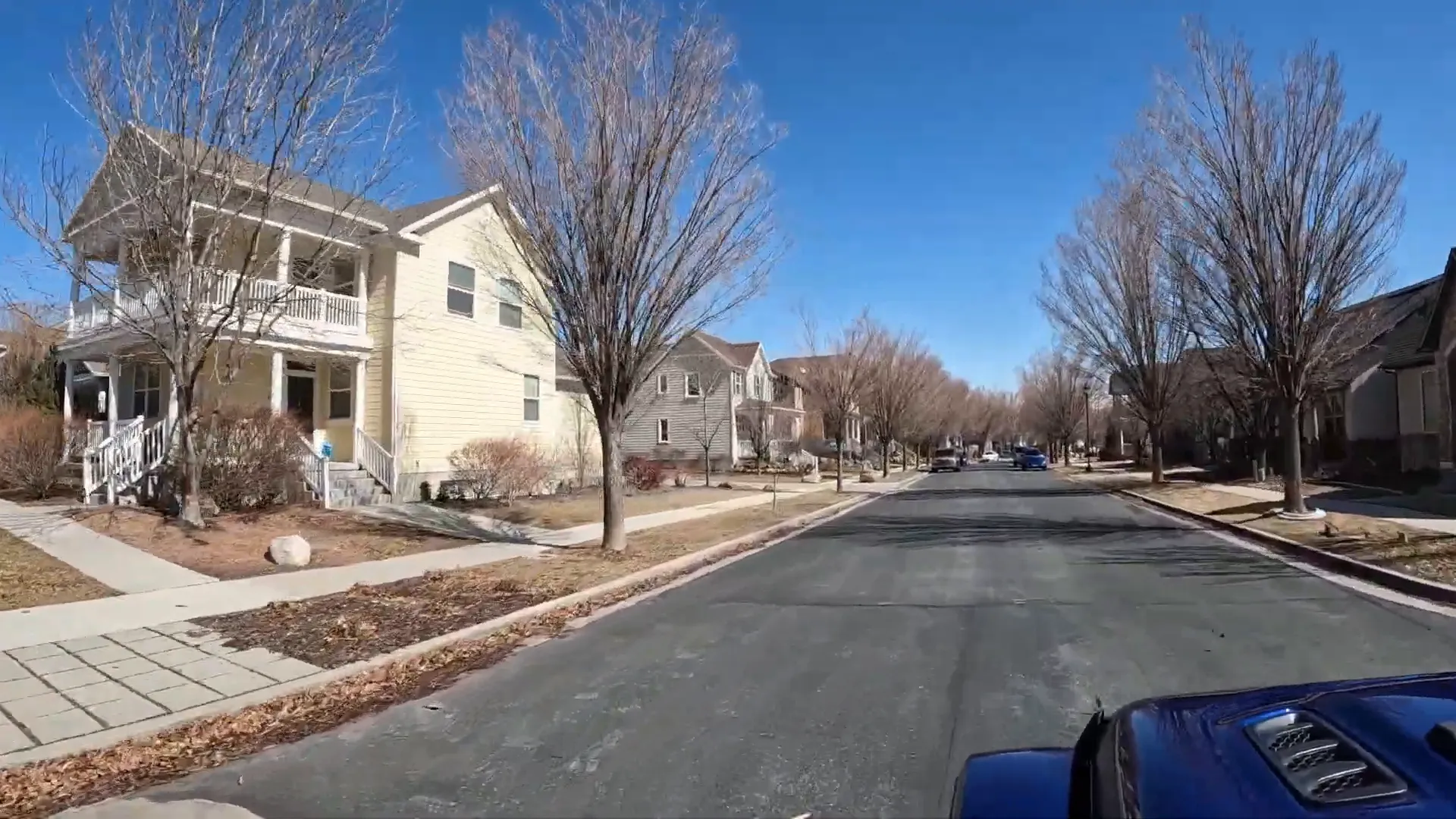
Living in Daybreak comes with its share of costs, and one of the most notable is the homeowners association (HOA) fee. These fees are significantly higher than in many other communities, primarily due to the extensive amenities provided. New homeowners should expect to pay not only a substantial transfer fee upon purchasing a home, which can range from three to five thousand dollars, but also ongoing monthly fees that can add up quickly. While these fees contribute to the maintenance of the community's parks, pools, and high-speed internet services, potential residents should weigh these costs against their budget and lifestyle needs.
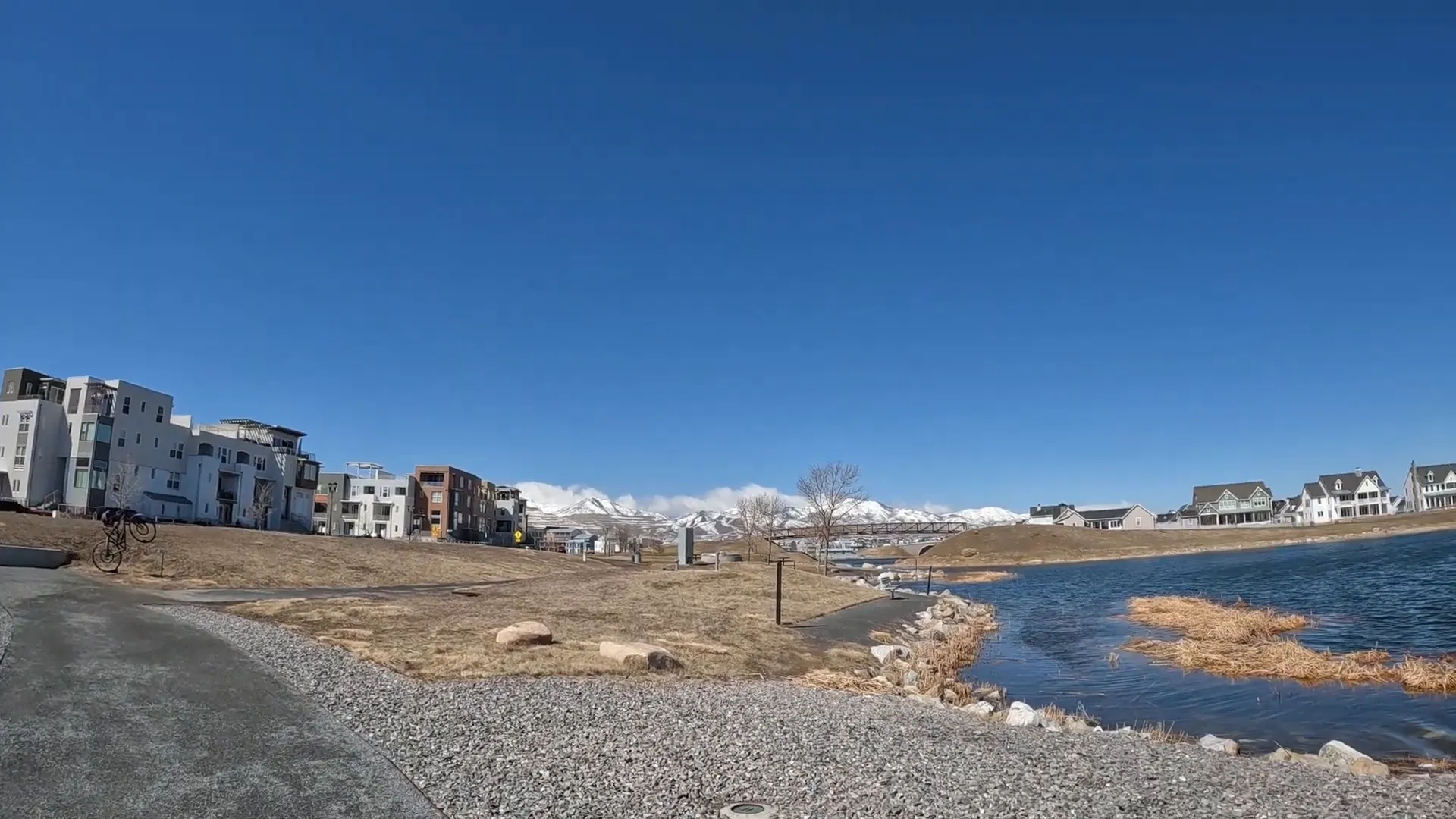
Although Daybreak is often praised for its serene atmosphere, traffic can be an unexpected hurdle for residents. Many express dissatisfaction with the congestion during peak commuting hours, which can lead to delays and longer travel times. The community's layout, with limited access points and narrow roads, can exacerbate these issues, especially when events or activities draw larger crowds. It's advisable for potential residents to consider their daily commuting needs and evaluate the traffic patterns during different times of the day.
For those who work in Salt Lake City or enjoy the vibrancy of urban life, the distance from Daybreak to downtown can be a significant factor. The commute typically takes around 30 minutes, depending on traffic conditions. While the availability of public transportation, such as the TRAX light rail system, provides an alternative for some, many residents find that driving is still the most convenient option. This distance can impact social activities, access to cultural events, and overall lifestyle, making it essential for prospective residents to evaluate their priorities when considering a move to Daybreak.
Living in Daybreak offers a unique balance of suburban tranquility and proximity to some of Utah's most renowned ski resorts. However, residents looking to indulge in winter sports should be prepared for a bit of a drive. With Park City approximately 44 miles away, reaching the slopes typically requires a 45-minute to one-hour drive, depending on traffic conditions. Solitude and Brighton are slightly closer at 31 miles, while Alta and Snowbird are about 22 miles from Daybreak.
For avid skiers and snowboarders, this distance may be a consideration when choosing to live in Daybreak. While the scenic drive can be enjoyable, it's essential to factor in the time commitment, especially on weekends when traffic can significantly increase. However, the reward of hitting the slopes in the breathtaking Wasatch Range is undeniable.
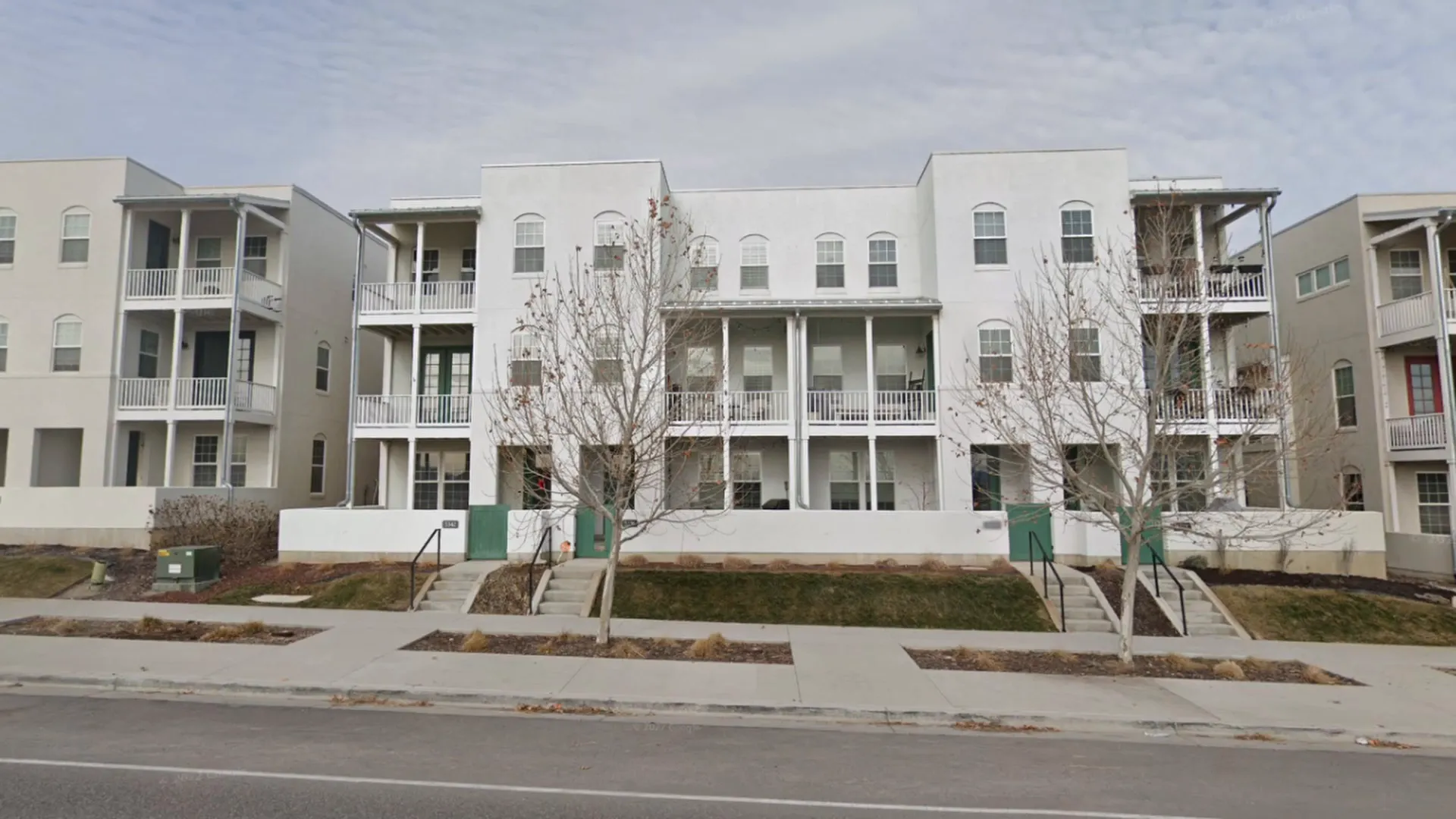
Daybreak's charm and community-oriented design come with its downsides, particularly regarding shopping and dining options. While the community offers a few local gems, such as Tio's Mexican Restaurant and Maxwell's Pizza, residents often find themselves traveling to nearby areas for a wider selection of eateries. The lack of diverse dining experiences can be a drawback for food enthusiasts who enjoy exploring different cuisines.
For grocery needs, Daybreak residents can rely on Harmon's grocery store located within the community and a Smith's Marketplace just outside the neighborhood. However, for those looking for a more extensive shopping experience, trips to South Jordan or Salt Lake City are often necessary. This limitation can be a significant factor for families and individuals accustomed to having numerous options at their fingertips.
When considering a move to Daybreak, potential homeowners should be aware that property prices can be on the higher side. With condos starting in the high fours to low fives and single-family homes typically beginning around $550,000, the cost of living reflects the community's desirability and amenities. For larger homes with unique floor plans, prices can quickly escalate to six, seven, or even eight figures, depending on the property's size and location.
This pricing trend is indicative of the broader Utah real estate market, where demand continues to outpace supply, particularly in attractive neighborhoods like Daybreak. While the community offers many amenities and a picturesque environment, prospective buyers should carefully evaluate their budget and long-term financial goals before committing to a purchase.
Daybreak, Utah, presents a compelling lifestyle choice for many, blending community living with outdoor recreational opportunities. However, like any location, it comes with its challenges. The narrow streets, high HOA fees, limited shopping and dining options, and home prices can be significant factors for prospective residents to consider.
Ultimately, those who appreciate a peaceful suburban lifestyle with access to nature and outdoor activities may find Daybreak to be an ideal fit. It's essential for potential residents to weigh these pros and cons carefully to ensure that Daybreak aligns with their lifestyle and expectations.
What are the average home prices in Daybreak?
How far is Daybreak from downtown Salt Lake City?
What recreational activities are available in Daybreak?
Are there good schools in Daybreak?
What is the community like in Daybreak?
Access all your saved properties, searches, notes and more.
Access all your saved properties, searches, notes and more.
Enter your email address and we will send you a link to change your password.
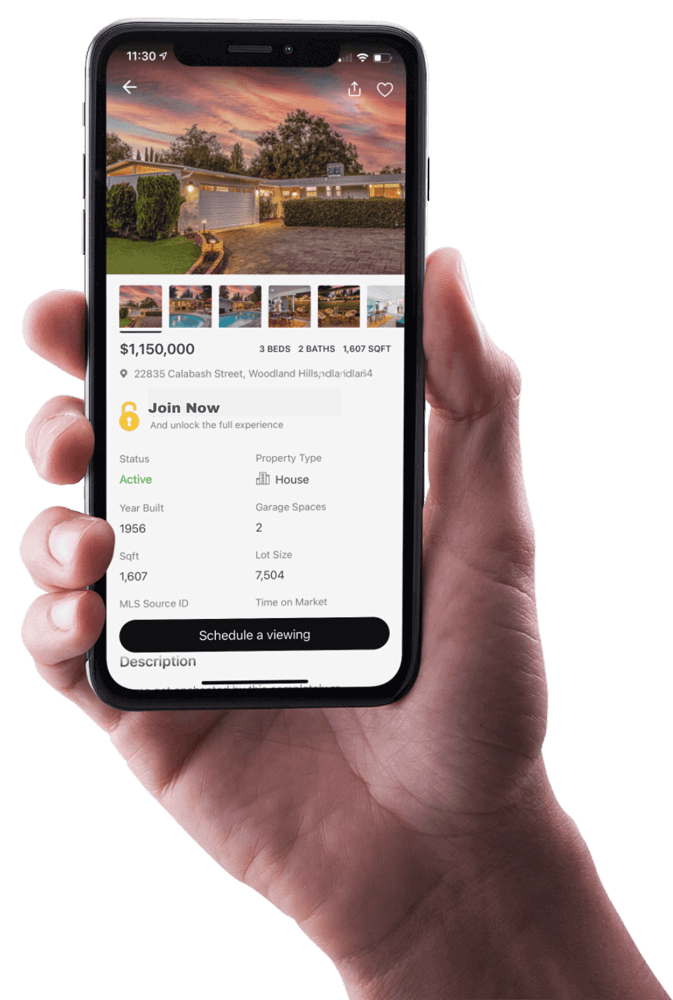

Your trusted MLS search companion